Created at CIID (Copenhagen Institute of Interaction Design) | Interaction Design Program 2020
Course: Beyond Pocket Computer
Course Date: 13-17 July 2020
Faculty: Chris Bierbower | Marco Triverio | Dayn Wilberding | Qian Yu
Team: Ana Acevedo | Martin Altanie | Nitin Surendran | Ooi Shin
Tools: Face App, After Effects, Photoshop, Illustrator, Premiere Pro
Course: Beyond Pocket Computer
Course Date: 13-17 July 2020
Faculty: Chris Bierbower | Marco Triverio | Dayn Wilberding | Qian Yu
Team: Ana Acevedo | Martin Altanie | Nitin Surendran | Ooi Shin
Tools: Face App, After Effects, Photoshop, Illustrator, Premiere Pro
CONTEXT
Smartphone is amazing, it's packed with sensors, ubiquity, personalizations, high bandwidth communication, and free of cheap apps. It's so good that in this modern days, almost everything starts looking like an app.
This course is all about designing for moments when phone is limiting. We were encouraged to think what is the limitation of mobile phone, when is it not efficient, and what kind of target market might benefit from a non-smartphone device.
BRIEF
Create a post-Pocket-Computer experience that focuses on the problem statement your team picked.
It must either improve on an existing smartphone experience... or even be impossible on a smartphone.
We recommend against picking an AR experience.
It must either improve on an existing smartphone experience... or even be impossible on a smartphone.
We recommend against picking an AR experience.
STARTING POINT
After a quick brainstorming and desk research, we decided to focus on aging population. All of us have aging parents and we are constantly exposed to their needs and problems. A lot of elderlies are struggling with issues such as difficulties in reading small texts, and coping up with the speed and complexities of the modern technologies like smartphones, which make them a suitable target market for our project.
OPPORTUNITY AREA & PROBLEM STATEMENT
To sharpen the focus and problem area, we conducted quick interviews with some of our parents and our friends parents, to find out their life aspirations and needs. These are two insights that became the main inspirations for our project:
“Our ultimate goal, after all, is not a good death but a good life to the very end. It's not the health that we are worried about, but how we can live our life to the fullest.”
“We need to re-integrate senior people to society, we have been isolating them without realizing it...this integration should be in an affective way too.” - Elmer Acevedo, 72 years -
From there, we crafted our problem statement:
Senior citizens want to feel heard but there's limited options or platform to share their thoughts/sentiments.
THE CONCEPT
Rockafellas is a local community radio station dedicated for senior citizens that allows any senior citizen in the neighborhood to self-upload their 45 seconds content onto the network.
Why 45 seconds? We tried to limit the duration to keep the content engaging and avoid the platform becoming place to ramble aimlessly. Limiting the duration also forces the elderly to keep on utilizing their active brain to craft the best content for their audiences.
The platform aims to be the place where the elderlies can express themselves creatively, to inspire each other, build a community, and support each other.

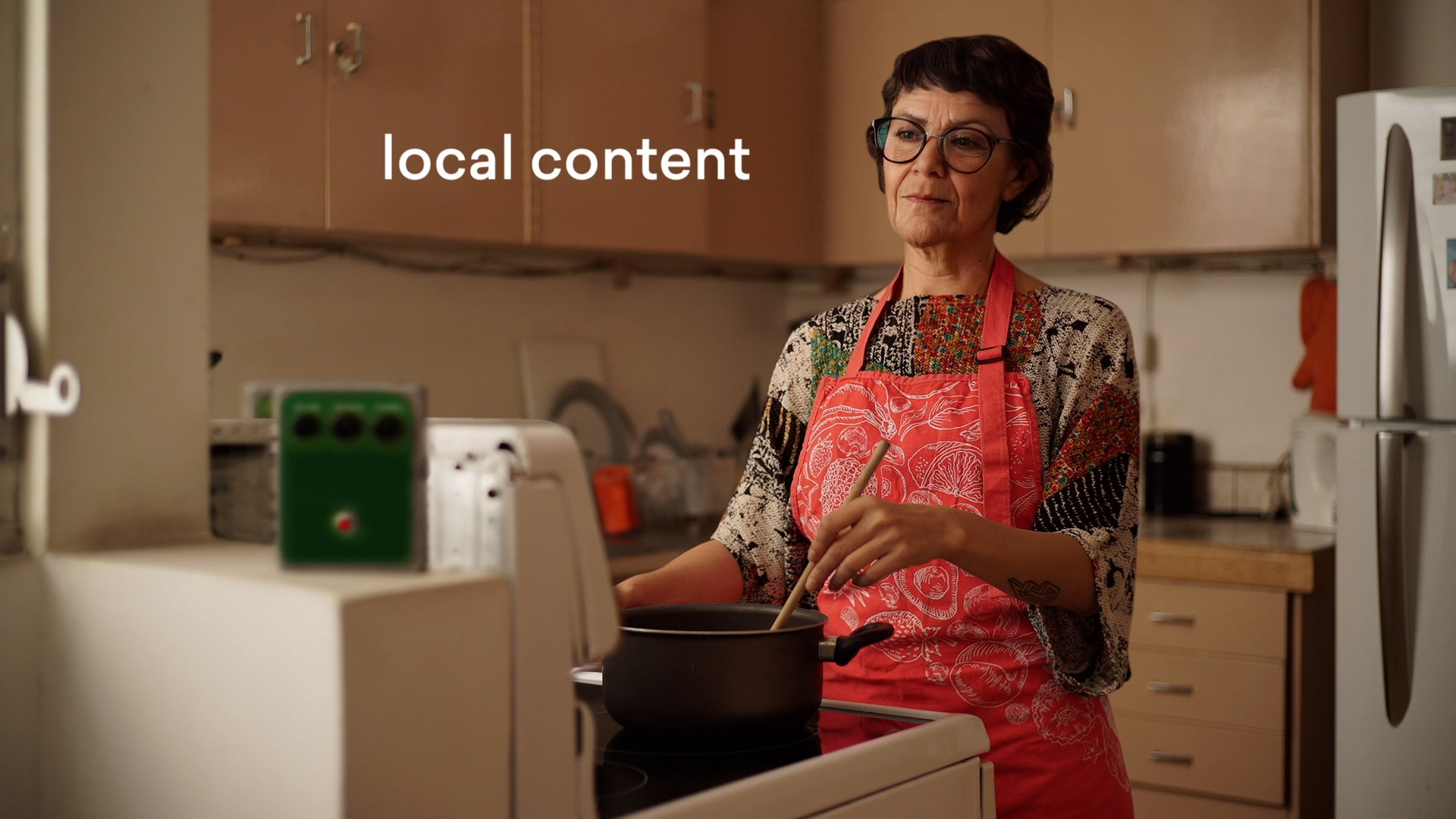
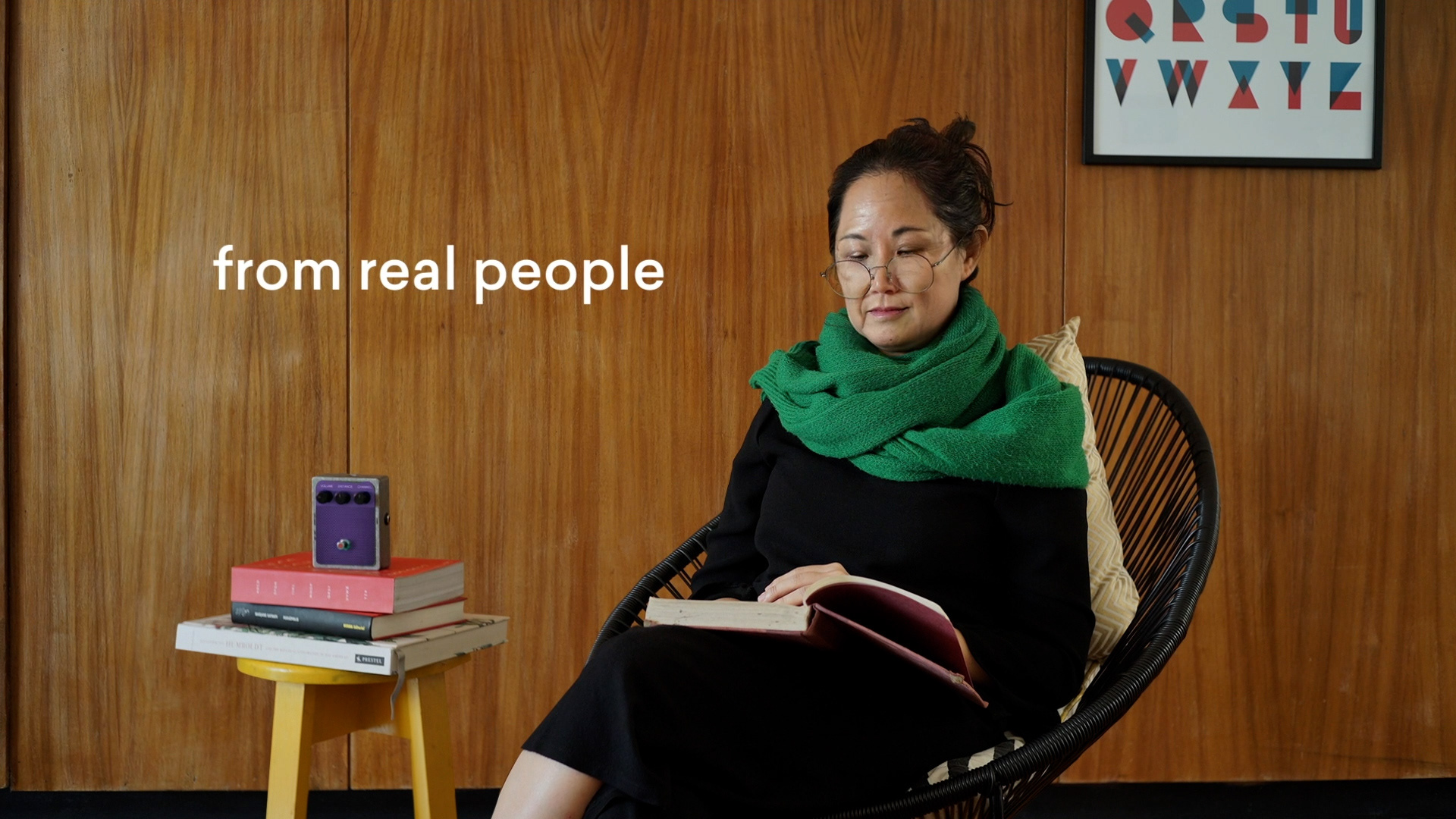
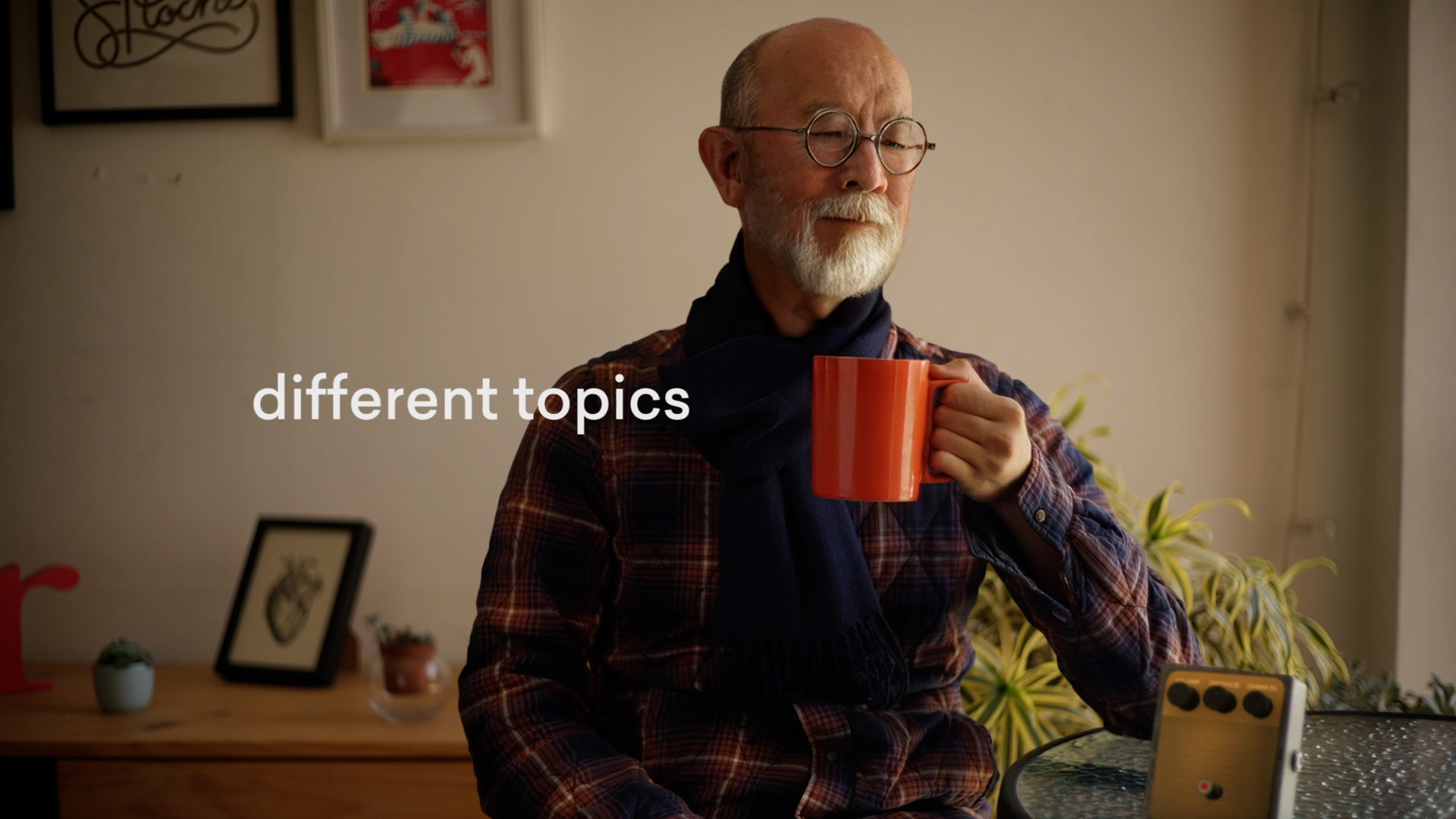
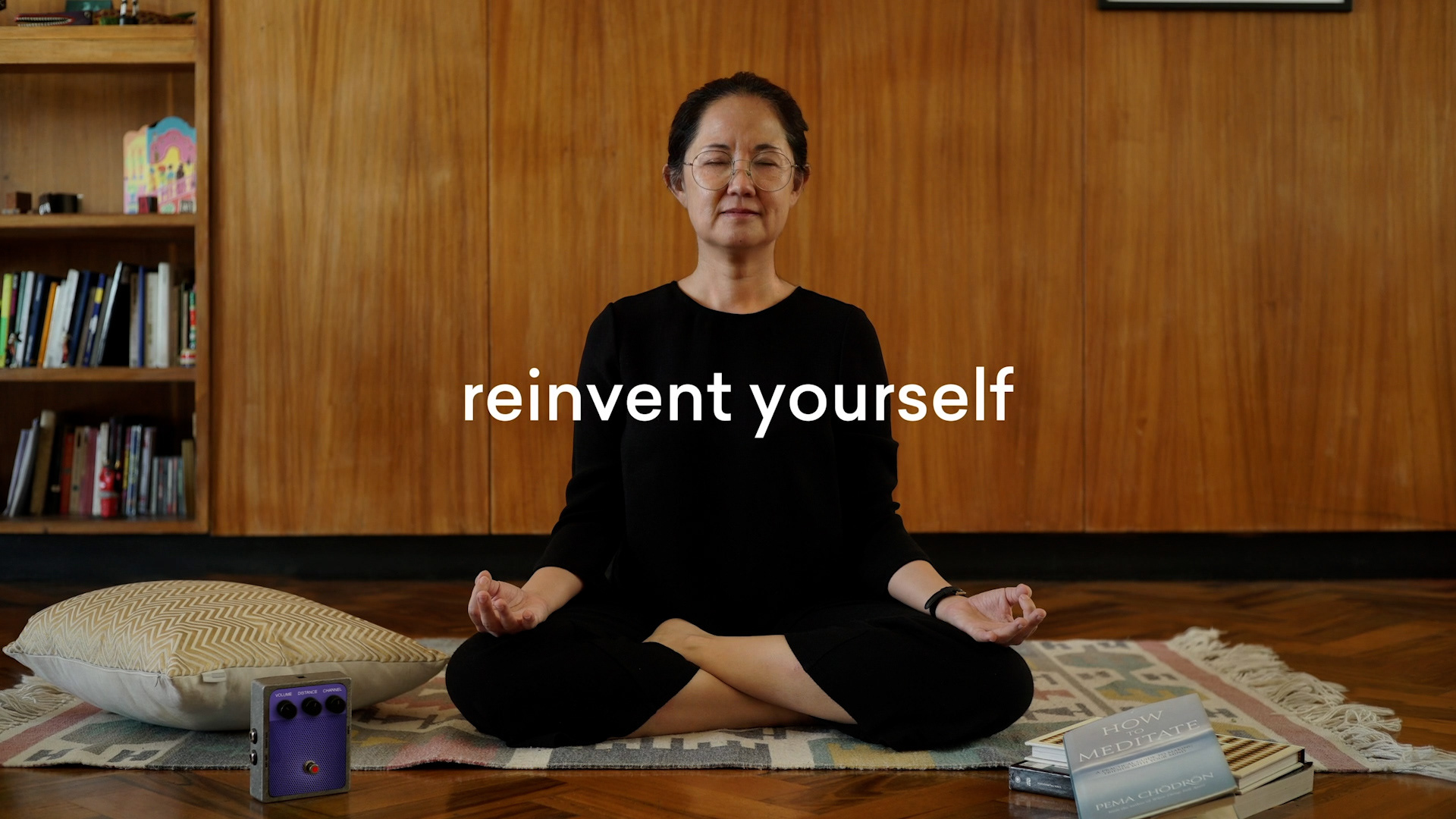

HOW DOES IT WORK?
Rockafellas works using LoRa (Long Range) radio technology, it works within a limited 10 km radius, and it's meant to nurture a sense of community in the local neighborhood of where the user stays. Minding the target user group, the interaction inputs are designed to have a very tactile and nostalgic feeling, utilizing big buttons and knobs, just like how radio works in the past. The interaction is kept simple, to not overwhelm users with too many steps and choices.
To upload content:
- Press and hold the "rec" button and voice out your story. The recording will be cut off at 45 sec.
- When you release the button, the content will play in loop, allowing you to listen and spot mistakes before uploading it to the network.
- Double clicking on the "rec" button uploads the content to the network, holding the button allows you to override the initial recorded audio with the new one.
BEHIND THE SCENES
As the project was developed during the Covid-19's social distancing and isolation, due to the health consideration it was not recommended to involve any elderly in the video shooting. Therefore, the team was experimenting with the Face App, to transform themselves into the old version of themselves. The result was quite fascinating, and while it was possible to use the app to convert the video version of the images, it was quite time intensive and laborious to do that. The one-day execution timeline given by the faculty forced the team to use the other way, hence the parallax animation method using just the photos was used to create the final video.

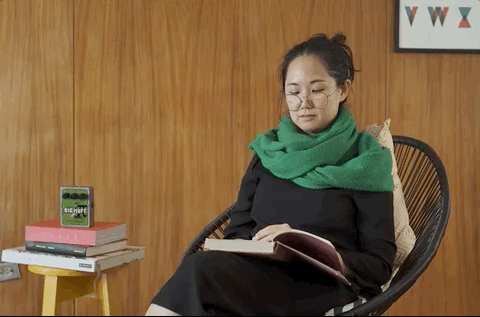
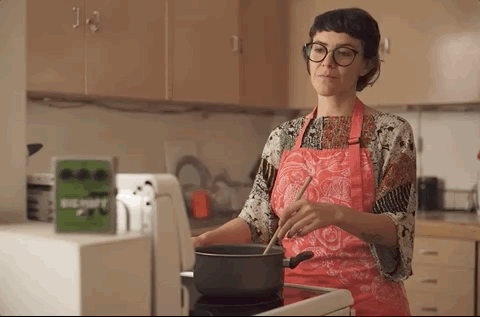
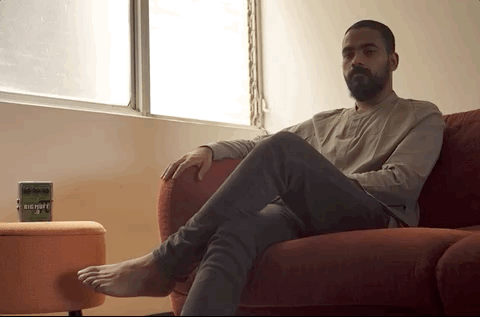
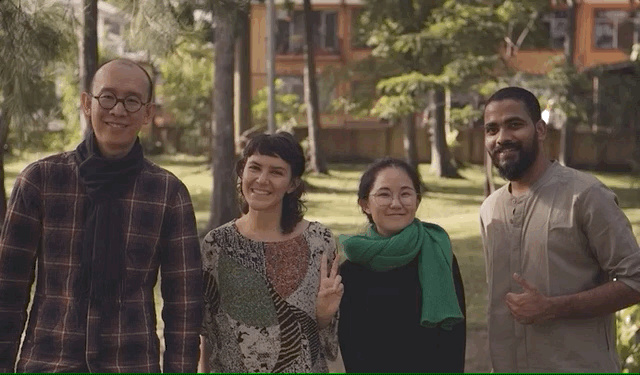
REAL CONTENT FROM THE REAL USERS
We asked few elderlies all around the world to record and send us their content, imagining if this project really exist, and here are what they come up with, enjoy :)

